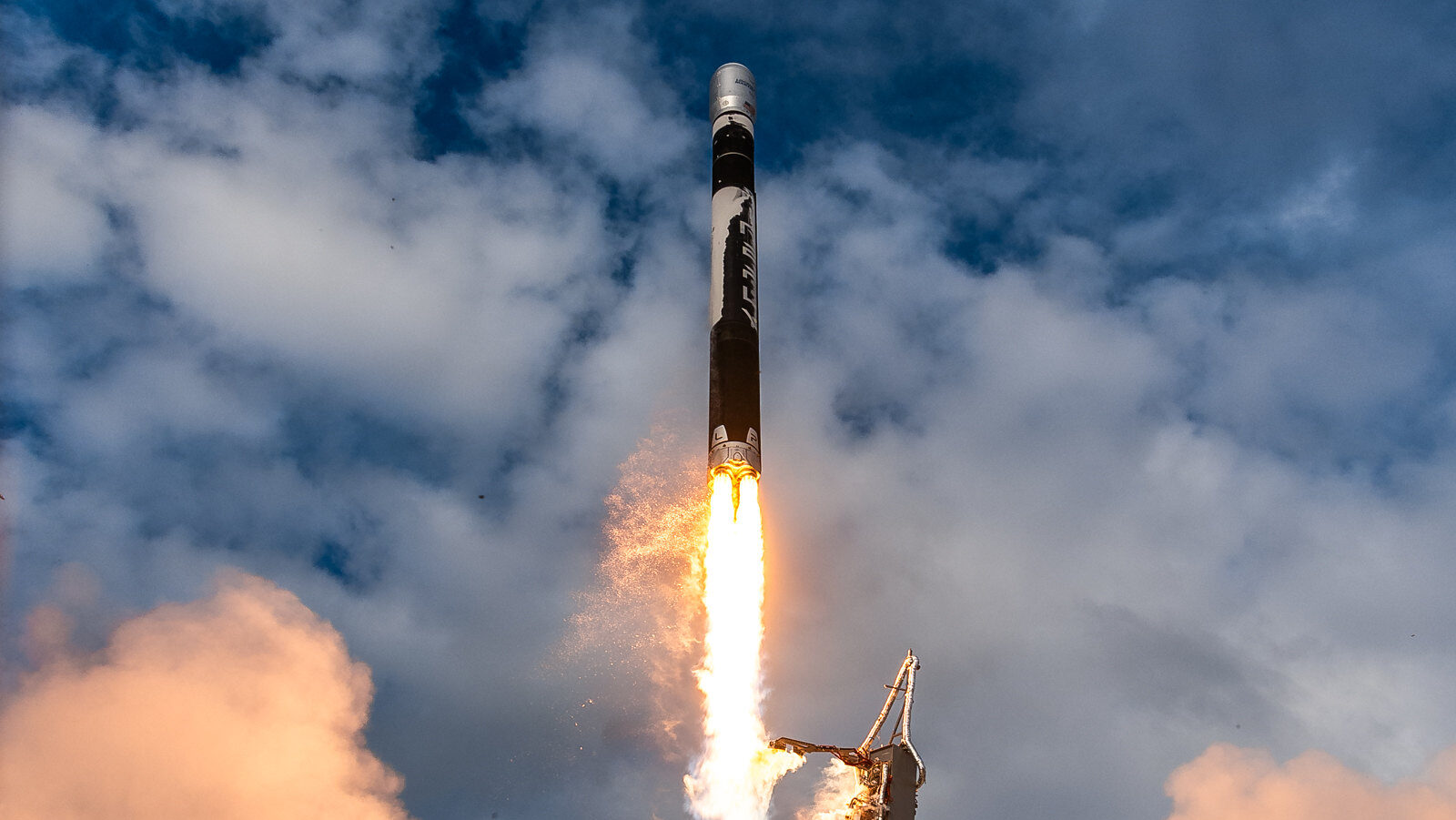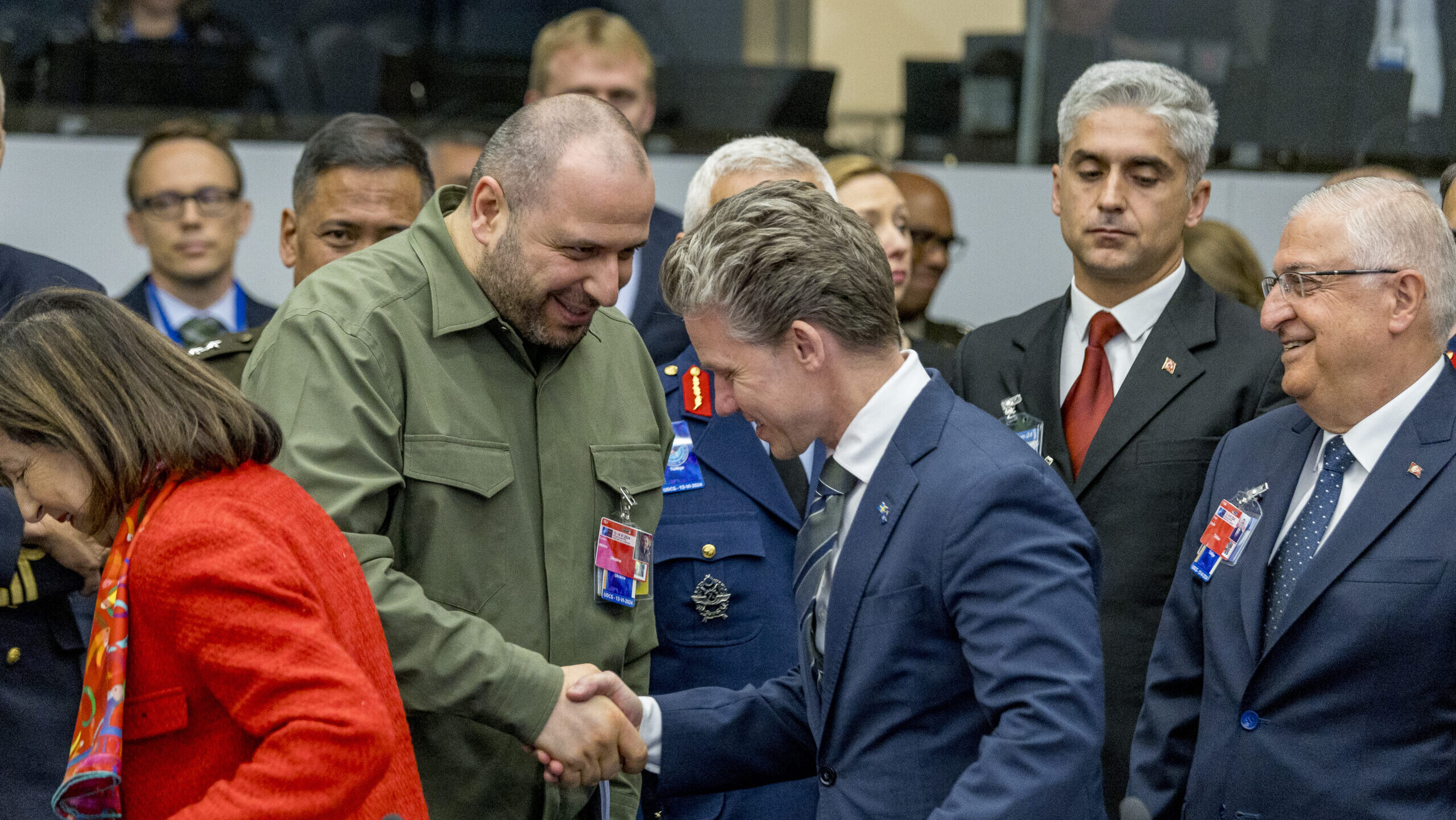Space Force’s rapid-launch Victus sats to push both acquisition and operational boundaries
While the current focus on the TacRS program is space domain awareness, Col. Bryon McClain, SSC’s head of Space Domain Awareness and Combat Power, said other sorts of operational missions might be undertaken in the future.


Firefly’s Alpha rocket will launch the mysterious Victus Sol mission for the Space Force. (Firefly Aerospace / Trevor Mahlmann)
WASHINGTON — The Space Force is using the upcoming series of Victus satellite missions for the Tactically Responsive Space (TacRS) program not just to build up the capability to routinely launch on short notice, but also to expand its operational capabilities to monitor and respond to on-orbit threats from adversaries, according to a senior service officer.
“When you’re looking at the various [Victus] missions … each one is experimentation with a different approach — an operational thing that we’re trying to do, and then an acquisition function attached to it,” Col. Bryan McClain, Space Systems Command (SSC) program executive officer for Space Domain Awareness and Combat Power, told reporters on April 10 at the annual Space Foundation Symposium in Colorado Springs, Colo.
While the current focus on the TacRS program is space domain awareness (SDA), he said other sorts of operational missions might be undertaken in the future.
“Is there other stuff that we could do in the long term? I’m sure there is. We’re focusing on the SDA mission right now, and I’ll say one reason to focusing on the SDA mission is because I think that is an important need — to understand what’s up there — and … if you can do SDA first then I’d say the sky’s the limit from there,” McClain said.
Further, he said, a crucial aspect is the TacRS program is the use of commercially available satellites and capabilities.
“What’s really different about it is the commercial aspect — commercial ground system, commercial launch system, commercial satellites — demonstrating how this is getting right at [Chief of Space Operations Gen. Chance Saltzman’s] and the [Trump] administration’s focus on commercial rebase capabilities,” McClain said
He explained that the next mission, Victus Haze, will involve a rendezvous and proximity operations (RPO) mission using two commercial satellites serving as “a red and a blue system, so one doesn’t know what the other one is doing.”
In April 2024, the Space Force announced awards to two vendors for the follow-on Victus Haze mission. Rocket Lab National Security was awarded a $32 million contract through the Pentagon’s Defense Innovation Unit (DIU), while True Anomaly was awarded $30 million through the Space Force’s SpaceWERX innovation hub.
The service’s fiscal 2025 budget documents called for the satellites to be “called up” for a rapid launch — defined as about 24 hours after being given the launch order — sometime between April and June (the second quarter of the fiscal year). However, the schedule has been pushed back a bit to the end of this calendar year or early next year, according to a SSC spokesperson.
“True Anomaly and Rocket Lab have thus far demonstrated programmatic and engineering competence to build on rapid timelines, while taking acceptable risk in order to drive towards our need. We are on track to demonstrate the VICTUS HAZE mission between 4QCY25 to 1QCY26, with on-orbit operations continuing through mid-2026,” the spokesperson said.
Nonetheless, McClain said both companies so far have been doing a good job.
“The bottom line is we’re making good progress on both of the Victus Haze providers. We’re making good progress. I’m really pleased with their performance,” he said.
Victus Haze is the second in the TacRS series. The first mission, Victus Nox, launched in September 2023 and was praised by senior Space Force officials as a game-changer for the service in future great power competition. Under that demonstration, Firefly Aerospace launched a maneuverable space vehicle developed by Boeing’s Millennium Space Systems.
Following Victus Haze will come Victus Surgo and Victus Salo, which will demonstrate rapid launch and the subsequent activation of prepositioned satellites equipped with optical or other sensors to keep tabs on adversary birds, McClain said.
“Imagine a freeway overpass and you’re high up and you have a camera, and you’re taking pictures of the traffic that’s going on the opposite road. While you’re doing that flyover, you can get really good pictures if you have a really good camera. That kind of approach may be a way that we can get information from potential adversary or potential threatening systems. We can get some information very rapidly, and that prevents that surprise,” he said.
Those two missions also are being worked in partnership with DIU, and will “demonstrate on-orbit prepositioned capabilities as response options to meet urgent needs of combatant commands” in FY26, according to an October 2024 SSC press release [PDF]. Impulse Space was awarded a $34.5 million Small Business Innovation Research Phase III contract for two “highly maneuverable” space vehicles, the announcement added.
McClain said that the most recently announced mission in the series, dubbed Victus Sol, will be one that is most heavily focused on putting operational capability into orbit.
Victus Sol “looks at: ‘What else can we do? How do we start really operationalizing this, with Guardians on console, and taking it that further step forward’?” he said.
SSC’s Space Safari program office on Feb. 13 announced a $21.8 million award to Firefly Aerospace to launch the effort, but officials have been mum about most of the mission’s details including when the launch is expected to take place.
“We’re not talking about what’s in the future. But that’s more because we don’t have future year budgets out yet, there’s still internal [discussion about] what’s the appropriate organizational construct to implement that, McClain said.
He said that consultations about how to proceed are ongoing with between Lt. Gen. David Miller, head of Space Operations Command and Gen. Philip Garrant, SSC head, as well as with Saltzman and Space Force vice chief Gen. Michael Guetlein.
“So more to follow,” McClain said. “But absolutely, this is an operational capability. We are learning rapidly, learning on the way to an operational culture shift.”










































































































































































